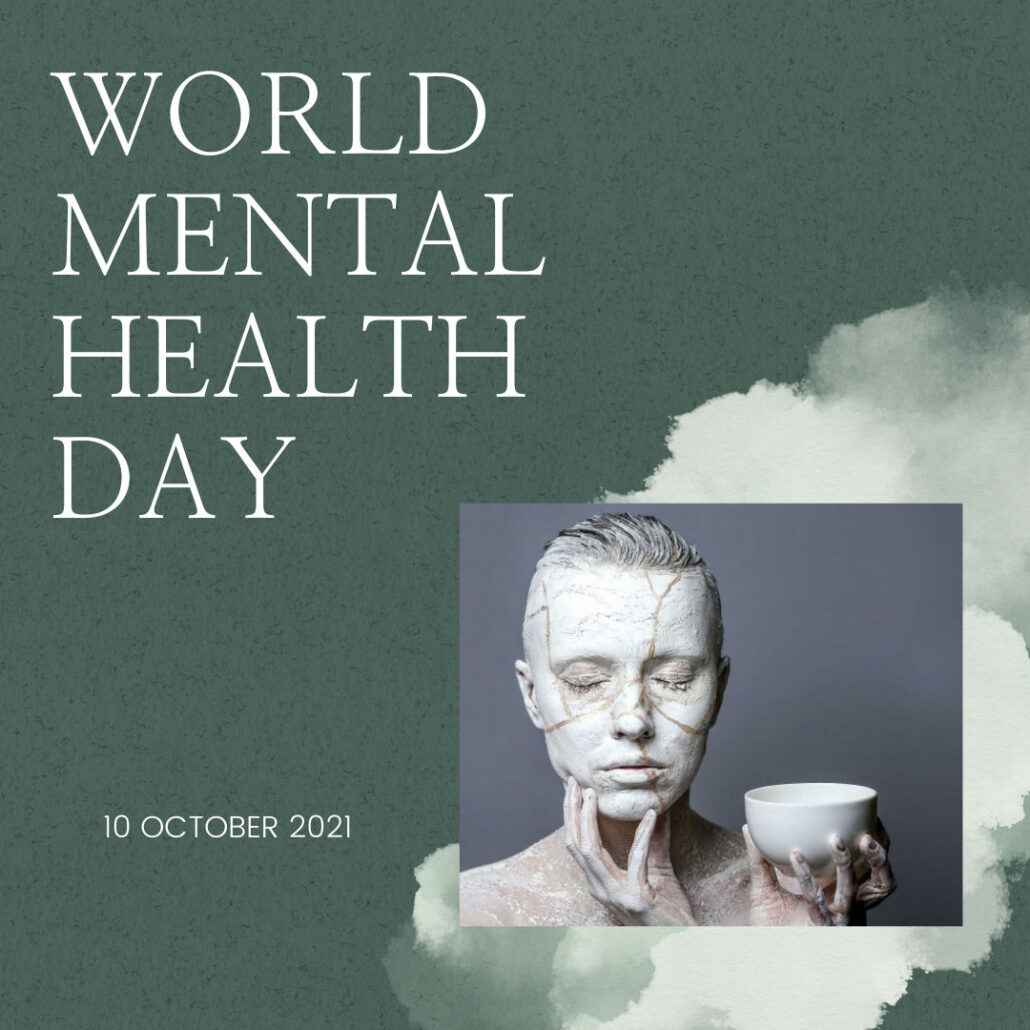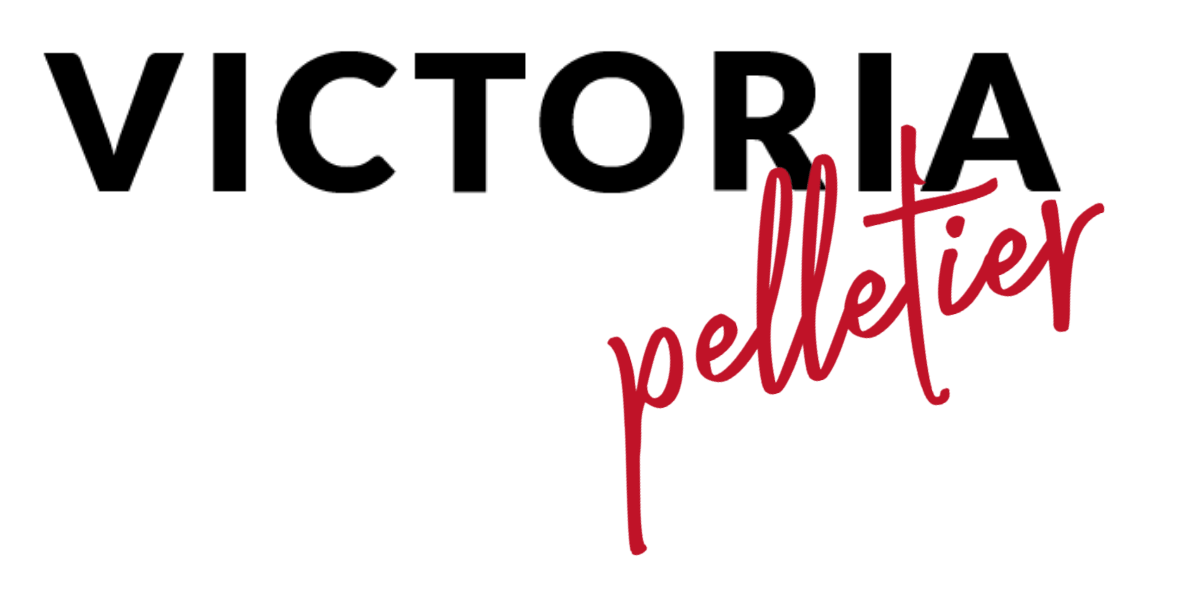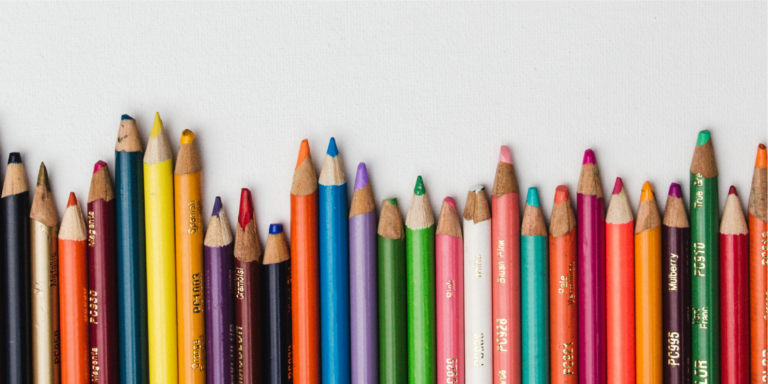
Naming, Mending, Inclusivity
Kintsugi is the Japanese art of “Gold Mending.” When a precious ceramic item is damaged, an artisan painstakingly reattaches the pieces with epoxy and then paints the mends with a lacquer infused with gold dust. The resulting repair is often stronger and more beautiful than the original. Kintsugi also refers to a life philosophy of mending. When the “breaks” happen, you do not ignore them and go about your business as if nothing happened. Instead, you name the breaks, honour the pain, and do what you can – even if the trouble isn’t yours – to help the broken heal. Mending becomes a community process.
Inclusive organizations understand that “the breaks” can happen to anyone and should never be ignored or downplayed. Facets of the mending process belongs to the organization too. In fact, organizations that prioritize the wellness of their employees are organizations that can expect employees to be healthier, happier, and more productive over the long term. Research conducted by online therapy provider Talkspace found that “83 percent of employees had a more positive work experience as the result of an employer-provided well-being program, and 84 percent said these programs made them feel more positive towards their employer.”1 In reviewing the data from the study, Dr. Rachel O’Neill of Talkspace noted, “including mental health programs as part of workplace programs and practices promotes self-care, coping skills, and overall employee wellbeing and wellness.”
Prioritizing wellness begins with giving employees the space to be their authentic selves. While we tend to tend to recognize authenticity in the inclusive space as a nod to the free expression of sexual orientation, cultural identity, and the like, authenticity also means that one who has the space to speak openly about physical, emotional, and relational challenges without fear of being criticized, penalized, or released by management. Healthy organizations let every member of the team know, “It’s okay to not be okay.” Further, healthy organizations communicate through their actions that they are invested in helping their people mend when the fissures appear. Do you lead an organization that supports this kind of authenticity? If not, take accountability and be the change.
Connected to Kintsugi’s philosophy of naming and mending suffering is the Japanese aesthetic, wabi-sabi. A wabi-sabi worldview affirms that beauty is found in imperfection, incompleteness, and “becoming” instead of uniformity and perfection. Sounds like Diversity, Equity & Inclusion thinking and practices, doesn’t it? Just as great organizations have a team of diverse cultures, talents, and perspectives, equitable and inclusive organizations understand that imperfect, incomplete, and evolving team members must be honoured and supported. Inclusive leaders recognize that inclusivity and a sense of belonging is an essential component of psychology safety. At a practical level, this means that inclusive leaders provide for the delivery of wellness services that meet members of the team in their settings in life. In today’s hybrid work environment, delivery of services should include giving the team options for both in-person and remote care. In addition, wellness services should themselves be diverse and inclusive.
Kintsugi… beautiful art and a beautiful philosophy. When one suffers, we all suffer. When it’s time for mending, we should all be invested in this important work. Make Kintsugi – community wellness – a cornerstone of your organization’s inclusive practices.



